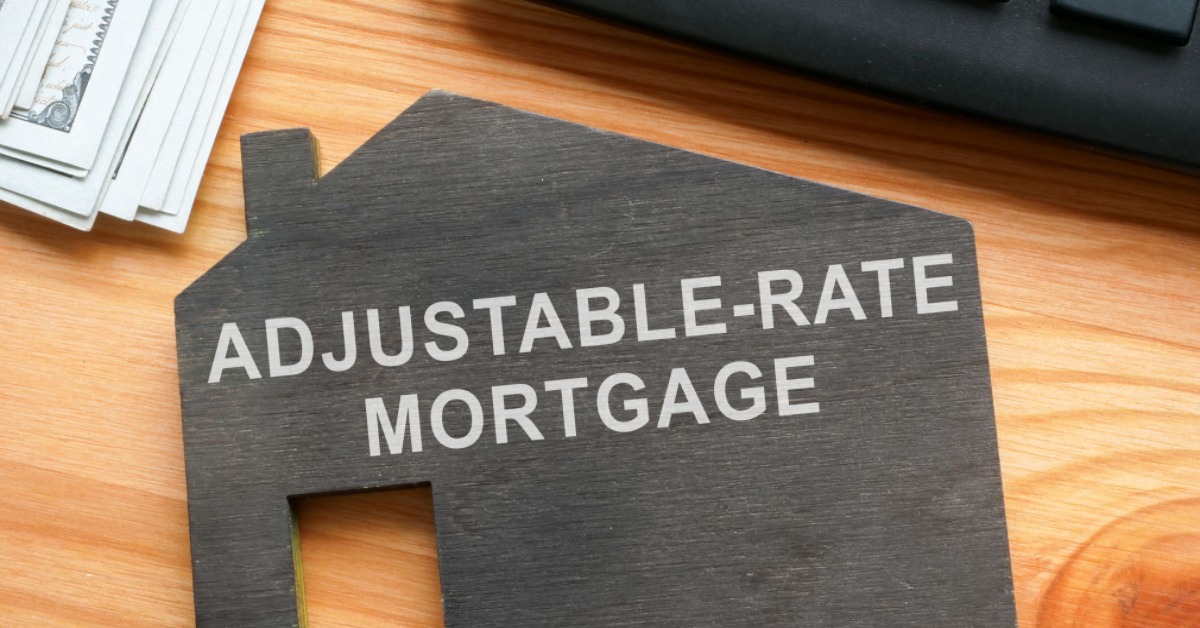Today's mortgage rates show a welcome dip in one popular loan type: the 5-year Adjustable-Rate Mortgage (ARM). According to Zillow's latest figures from Monday, October 13, 2025, the national average 5-year ARM rate has decreased by 9 basis points, settling at 6.94%. This move down from last week's 7.03% provides a glimmer of relief as we navigate the home buying and refinancing market. While the 30-year fixed-rate mortgage saw a slight uptick, this ARM rate drop could be a signal for many to reconsider their mortgage strategy.
It’s not just about a number; it’s about how that number impacts your ability to afford a home, how much you'll pay over the life of the loan, and your overall financial peace of mind. Today’s news on the 5-year ARM specifically catches my eye because ARMs can offer a powerful advantage when rates are trending downwards, or when you anticipate moving or refinancing before the rate adjusts.
Mortgage Rates Today: 5-year ARM Goes Down 9 Basis Points to 6.94%
Digging Deeper: Why the 5-year ARM is Turning Heads
Let's break down what this 9-basis point drop actually means and who it could benefit. A basis point, remember, is just one-hundredth of a percent. So, a 9-basis point decrease is a solid move of 0.09%.
- For New Buyers: This lower rate on a 5-year ARM can translate to a more affordable initial monthly payment compared to a fixed-rate mortgage. If you’re looking at a $300,000 loan, a 0.09% difference might seem small, but over a year or two, it adds up to real savings that can help with other moving costs or initial home expenses.
- For Refinancers: If you have an existing ARM that's about to reset, or if you're considering refinancing a fixed-rate loan, this lower ARM rate might present an attractive option, especially if you plan to sell your home within the next five years.
Fixed vs. Adjustable: A Strategic Choice
The biggest question for most people looking at mortgages is always: should I choose a fixed-rate loan or an Adjustable-Rate Mortgage (ARM)? Zillow’s data shows the current national average for a 30-year fixed-rate mortgage is 6.43%, just a hair above yesterday’s rate. Meanwhile, the 15-year fixed rate is at 5.65%.
Here’s how today’s rates stack up:
| Loan Type | Current Average Rate | 1-Week Change |
|---|---|---|
| 30-Year Fixed | 6.43% | Up 0.02% |
| 15-Year Fixed | 5.65% | Down 0.01% |
| 5-Year ARM | 6.94% | Down 0.09% |
| 7-Year ARM | 7.66% | Up 0.24% |
As you can see, the 5-year ARM, at 6.94%, is higher than the 30-year fixed rate of 6.43%. This is typical. The initial rate on an ARM is usually lower than a 30-year fixed rate, but today, the fixed rate is actually lower than the ARM. This is the critical insight. This anomaly suggests that the market anticipates rates to potentially fall more in the future, making the initial lower rate of a fixed mortgage more attractive than the ARM's starting point. However, the drop in the ARM rate is significant. It means that if you were looking at ARMs, the entry point has just gotten better.
How a 5-year ARM Works (and Why It Matters Now)
A 5-year ARM works like this: for the first five years, your interest rate is fixed. Then, it adjusts periodically (usually once a year) based on market conditions. This means your monthly payment could go up or down after that initial five-year period.
Why it’s interesting today:
- Lower Initial Payment Potential: While the rate is 6.94% compared to the 30-year fixed at 6.43%, many prospective buyers seek out ARMs expecting rates to eventually fall. If you believe rates will be lower in five years, you're essentially betting on that future decrease. The most recent drop makes this bet more appealing if you're considering an ARM.
- Anticipation of Future Drops: The fact that the 5-year ARM rate has dropped by a notable 9 basis points, while the 30-year fixed rate inched up, might suggest a shift in how lenders are perceiving future rate movements for shorter-term products versus longer-term ones. Lenders might be more willing to offer better rates on ARMs if they foresee a more stable or decreasing rate environment in the medium term.
- Strategic Exit Plan: If you're someone who plans to move, sell, or refinance within the first five to seven years of buying your home, an ARM can be a smart move. You benefit from a potentially lower initial payment and avoid the risk of being locked into a higher fixed rate if market rates decline.
Recommended Read:
Fixed vs. Adjustable Rate Mortgage in 2025: Which is Best for You
The Impact of Today’s Rate Drop on Monthly Payments
Let's put this 9-basis point drop into perspective. Imagine borrowing $400,000.
- At 7.03% (previous rate): Your principal and interest payment would be roughly $2,675 per month.
- At 6.94% (today's rate): Your principal and interest payment drops to approximately $2,652 per month.
That's a saving of about $23 per month. While seemingly modest, over five years, this adds up to nearly $1,400 in savings. This kind of “found money” can be reinvested, used for home improvements, or simply put into savings.
However, it’s crucial to remember the flip side. The 7-year ARM has actually gone up by 0.24% to 7.66%. This highlights that not all ARMs are moving in the same direction, and the term of the ARM is a significant factor. The longer fixed period of a 5-year ARM offers more stability than a 7-year ARM as it approaches its adjustment period.
Opinion: What This Really Means for You
From my perspective, this movement in 5-year ARM rates is a sign that the market is still trying to find its equilibrium. We're seeing slight nudges up in some fixed rates and noticeable drops in certain ARMs. This is precisely why staying informed and consulting with a trusted mortgage professional is so important.
When I speak with clients, I always emphasize that there's no one-size-fits-all answer. A 30-year fixed mortgage offers unparalleled predictability. You know exactly what your principal and interest payment will be for the entire30 years. This peace of mind is invaluable for many.
However, for those with specific financial plans or a more aggressive approach to managing interest costs, the 5-year ARM, especially with this recent rate decrease, becomes a more compelling discussion point. You’re getting an initial rate that, while higher than the current 30-year fixed, is becoming more attractive due to the drop. If you are confident you'll sell the home or refinance before the rate adjusts, or if you believe interest rates will fall significantly by the time your ARM resets, this could be a strategic play.
The key is to understand your own financial situation, your risk tolerance, and your long-term plans for the property. Don't just look at the headline rate; look at the APR (Annual Percentage Rate), which includes fees and provides a more accurate comparison on the true cost of the loan. Today, the 5-year ARM has an APR of 7.52%.
At the end of the day, these rate movements are not just numbers on a screen. They are opportunities and decisions that can impact your financial future significantly. The 9-basis point drop in the 5-year ARM rate today is good news, and it's worth exploring if it aligns with your homeownership goals.
Earn Passive Income Through Smart Real Estate Investments
With fluctuating adjustable-rate mortgages (ARMs), savvy investors are exploring flexible financing options to maximize returns.
Norada offers a curated selection of ready-to-rent properties in top markets, helping you capitalize on current mortgage trends and build long-term wealth.
HOT NEW LISTINGS JUST ADDED!
Connect with an investment counselor today (No Obligation):
(800) 611-3060
Also Read:
- Will Mortgage Rates Go Down in 2025: Morgan Stanley's Forecast
- Expect High Mortgage Rates Until 2026: Fannie Mae's 2-Year Forecast
- Mortgage Rate Predictions 2025 from 4 Leading Housing Experts
- Mortgage Rates Forecast for the Next 3 Years: 2025 to 2027
- Will Mortgage Rates Ever Be 3% Again in the Future?
- Mortgage Rates Predictions for Next 2 Years
- Mortgage Rate Predictions for Next 5 Years
- Mortgage Rate Predictions: Why 2% and 3% Rates are Out of Reach
- How Lower Mortgage Rates Can Save You Thousands?
- How to Get a Low Mortgage Interest Rate?
- Will Mortgage Rates Ever Be 4% Again?



